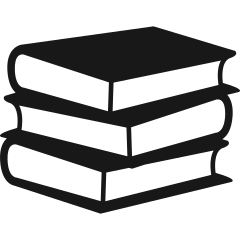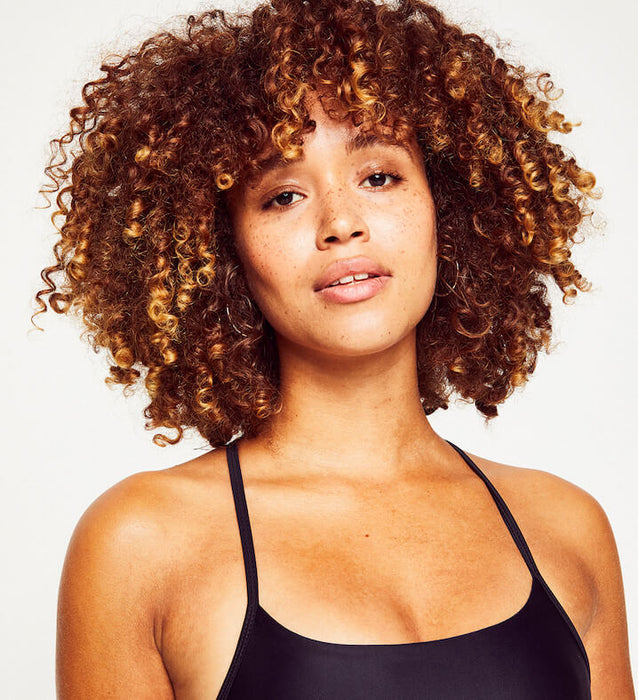You’ve probably read about this a million times by now, but its true: setting up a relaxing bed time routine can absolutely be the difference between a successful night sleep and a detrimental one. So, if you haven’t already set yourself up with a winning evening routine (or, more specifically in this case, an evening yoga routine) you’re in the right place.
To get you started though, for the ultimate wind down strategy, you’re going to need a few things. We asked the Innermost team a few of their favourite ways to wind down after a long or stressful day, and the answers were pretty much identical.
You will need:
- A tasty herbal or calming evening tea (we love chamomile for this)
- A blue light ban at least one hour before bed
- The Relax Capsules - a wind down essential!
- A relaxing playlist
- Four relaxing yoga positions
Right then, are you ready? Let’s get into it.
The top evening yoga benefits
You might be thinking “Innermost, I really don’t have time for an extensive evening routine every single night”.
We sympathise, we really do. What with work, working out, socialising and everything in between, it can feel like there just aren’t enough hours in the day, but it’s really important to take some time for yourself at the end of everyday to maintain your health: both mental and physical, and after hearing these evening yoga benefits (and in general, the benefits of a good old routine) we’re almost 100% sure that you’re going to change your mind.
Evening yoga benefits include:
- Improved blood circulation and flow
- A boost in overall health and wellness
- An overall reduction in stress and anxiety levels
- Assistance in the easing of pain
- Prevention of injuries or exasperation of existing injuries
- An increase in sleep duration and quality
- Removal of muscle tension and tightness
Your new and improved evening yoga routine
Choose from the below range of stretches that get your whole body moving and relaxed ready for a great night sleep. Whether you choose to integrate all five, or take your pick with your favourites, the most important thing is to tailor your routine to you and your needs.
Evening yoga pose 1: knee to chest
This pose is great for those that are out-and-about, actively working all day. We’re talking to you, retail workers, personal trainers, nursery workers and our fabulous healthcare workers too.
To master the knee to chest pose, follow the below steps:
- Lie down flat on your bed and gently bend your leg, bringing one knee to your chest
- Hold this position, for ten seconds (or whatever feels comfortable)
- Rest and repeat
- Complete this on each side three times
Relaxing yoga position 2: spinal stretch
This evening yoga pose is great for those of you who sit at a desk for the majority of your working day.
- Lie flat on your back and stretch your arms out either side of your torso
- Bring one knee up to your chest and stretch across your stomach
- Allow your knee to fall to the floor (or mattress, wherever you are performing the pose)
- Hold this position, and then rest and relax
- Repeat three times on both sides
Evening yoga pose 3: the classic lunge
Ah yes, the classic lunge position that we all know and love.
- Stand up straight and tall, making sure that you have adequate space around you
- Place one foot out in front of the other and bend in to the lunge position
- Keep your core tight and ensure that your spine remains straight throughout
- Return to an upright relaxed position
- Repeat on both sides three times
Relaxing yoga position 4: the child’s pose
This is the ultimate yoga pose, and will bring you and your breathing to a calming, relaxed state that is perfect for a great night’s sleep.
- Start standing upright with your legs hip-width apart
- Lower yourself into a kneeling position, resting your bum onto your heels and sit back
- Extend your arms out straight in front of you
- Maintain this outstretched hand position and bring your head to the ground, relaxing your head on the floor if you can achieve this position without pain
It’s all about making time for yourself: self-care is key, after all. So make some time for yourself every evening, improve your overall health and start reaping those evening yoga benefits.



















